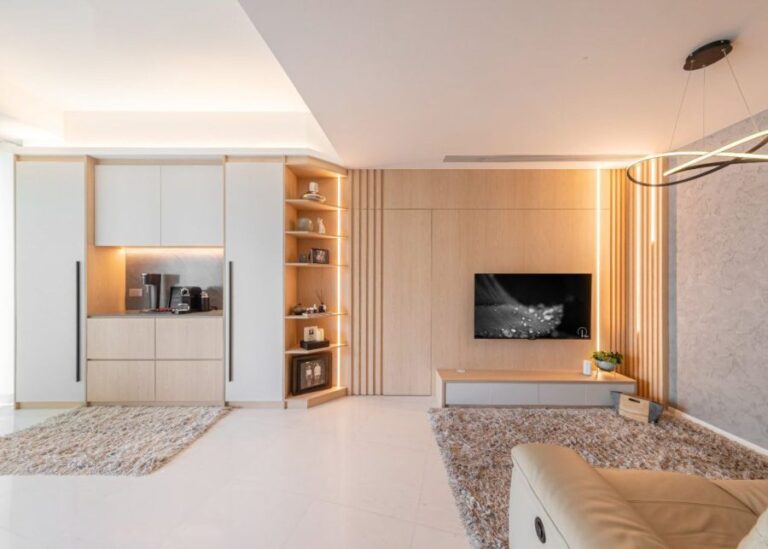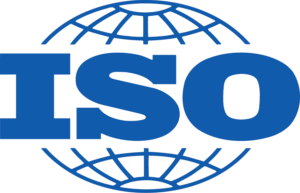The standing desk has evolved from a niche novelty to a mainstream office essential, revolutionizing the way we work and approach workspace ergonomics.
Once considered a trendy gadget or a luxury item for the forward-thinking few, standing desks are now recognized for their significant impact on health and productivity.
This article explores the eavolution of the standing desk, examining its journey from an innovative concept to an indispensable component of modern office environments.
We will delve into the various types of standing desks, including adjustable tables, and discuss their integration with different office seating options. We will also consider the role of conference chairs in creating versatile office settings.
The Early Days: A Novel Concept
The Genesis of the Standing Desk
The concept of the standing desk is not entirely new. Historical figures such as Leonardo da Vinci and Charles Dickens were known to use standing desks to accommodate their work habits.
However, the modern standing desk gained traction in the early 2000s as part of a broader trend towards health-conscious and ergonomic office solutions. Early adopters of standing desks were often those in tech and creative industries, where innovation and flexibility were highly valued.
These early models were often custom-built or adapted from existing furniture, showcasing the potential of standing desks before they became widely available. The initial novelty of the standing desk was characterized by its innovative design and the promise of improved health and productivity.
The Trend Emerges
In the mid-2000s, the standing desk began to gain popularity as research highlighted the detrimental effects of prolonged sitting on health.
Studies linking sedentary behavior to various health issues, such as obesity and cardiovascular disease, spurred interest in alternative work arrangements. During this period, standing desks were often seen as a trendy gadget among tech enthusiasts and health-conscious professionals.
The trend was fueled by a growing awareness of workplace wellness and the desire to combat the sedentary nature of traditional office work. Early standing desks were often expensive and less accessible, limiting their adoption to those willing to invest in their health and productivity.
Mainstream Adoption: The Rise of Adjustable Tables
The Transition to Mainstream
As the benefits of standing desks became more widely recognized, they began to transition from a niche product to a mainstream office solution. This shift was driven by increased availability, lower costs, and improved designs that catered to a broader audience.
Adjustable tables, which allow users to switch between sitting and standing positions, became a popular option for those seeking flexibility in their work environment.
The rise of the adjustable table marked a significant step in the evolution of the standing desk, making it more accessible and practical for everyday use. The integration of adjustable desks into office environments reflected a growing commitment to employee well-being and productivity.
Improving Accessibility
The increased demand for standing desks led to innovations in design and manufacturing, resulting in more affordable options for a wider range of users. Companies began to offer standing desks at various price points, catering to both high-end and budget-conscious consumers.
This shift was accompanied by a broader selection of styles and features, including motorized adjustments and programmable height settings.
The availability of cheaper office chairs and more affordable desk chairs further supported the integration of standing desks into diverse office settings. Improved accessibility helped solidify the standing desk’s status as an essential office component.
Enhancing Ergonomics
The focus on ergonomics became a driving force in the evolution of standing desks. As the standing desk gained popularity, manufacturers began to emphasize the importance of ergonomic design in promoting health and comfort.
The development of height-adjustable desks with ergonomic features, such as smooth adjustments and stable constructions, enhanced user experience. The introduction of ergonomic accessories, such as monitor stands and keyboard trays, complemented the standing desk setup.
The emphasis on ergonomics reflected a growing understanding of the importance of creating a comfortable and supportive work environment. Enhanced ergonomics contributed to the standing desk’s widespread acceptance as an office essential.
Integrating Seating Options: Finding the Right Chair
The Role of the Best Ergonomic Office Chair
Even with the introduction of standing desks, the need for a high-quality office chair remains critical. The best ergonomic office chair is designed to provide support and comfort during periods of sitting.
Ergonomic chairs feature adjustable components, such as seat height, backrest angle, and lumbar support, to accommodate various body types and work preferences.
When using a standing desk, having a comfortable chair for moments when sitting is necessary enhances overall productivity and comfort. The best ergonomic office chair complements the standing desk by offering a supportive and adaptable seating option. Selecting a high-quality ergonomic chair is essential for creating a balanced and functional workspace.
The Benefits of Desk Chairs
Desk chairs, including those designed for traditional office settings, play a vital role in supporting comfort and productivity. Desk chairs with adjustable features can provide ergonomic benefits similar to those of the best ergonomic office chairs.
When integrated with a standing desk, desk chairs offer flexibility and support during periods of sitting. Choosing a desk chair with proper adjustability and cushioning enhances comfort and reduces the risk of discomfort or strain.
Desk chairs are an important consideration when setting up a standing desk, ensuring that users have a comfortable and supportive option for varying work positions. Investing in a high-quality desk chair complements the standing desk setup and contributes to a well-rounded work environment.
Exploring Cheap Office Chairs
For those on a budget, cheap office chairs offer a cost-effective solution for enhancing comfort in a standing desk setup. While inexpensive office chairs may lack some advanced features, they can still provide essential support and adjustability.
When selecting a cheap office chair, focus on finding options with basic ergonomic features, such as adjustable height and lumbar support. Affordable chairs can still contribute to a comfortable and functional workspace, especially when paired with a height adjustable desk.
The availability of budget-friendly options ensures that users can enjoy the benefits of a standing desk without breaking the bank. Choosing cost-effective chair allows for a balanced approach to office ergonomics and budget considerations.
The Role of Conference Chairs
Conference chairs, often used in meeting rooms and collaborative spaces, can also be integrated into a standing desk setup. While conference chairs are designed for short-term seating during meetings, they can offer additional options for comfort in a versatile workspace.
When selecting conference chairs for use with a standing desk, consider models with ergonomic features and adjustable components. Conference chairs that offer comfort and support can enhance the overall work environment, providing flexibility for various work activities.
Integrating conference chairs into a standing desk setup offers additional seating options and supports a dynamic and adaptable workspace. The versatility of conference chairs contributes to a well-rounded and functional office environment.
The Future of Standing Desks: Innovations and Trends
Technological Advancements
The future of standing desks is likely to be shaped by ongoing technological advancements. Innovations such as smart standing desks with built-in sensors and automated height adjustments are becoming increasingly common.
These advanced features allow users to customize their workspace with precision and track their usage patterns for improved health outcomes. Technology integration in standing desks can enhance user experience and support a more personalized approach to workspace ergonomics.
The evolution of smart standing desks reflects a growing trend towards incorporating technology to optimize comfort and productivity. Future developments are expected to continue pushing the boundaries of standing desk functionality and versatility.
Sustainable and Eco-Friendly Options
As environmental concerns become more prominent, the standing desk industry is also focusing on sustainability and eco-friendly practices. Manufacturers are exploring materials and production methods that minimize environmental impact, such as using recycled materials or reducing carbon emissions.
Sustainable standing desks contribute to a greener office environment while maintaining the same level of functionality and comfort. The shift towards eco-friendly options aligns with broader trends in workplace sustainability and corporate social responsibility.
Embracing sustainable standing desk solutions reflects a commitment to both personal well-being and environmental stewardship. The future of standing desks is expected to include a greater emphasis on sustainability and eco-friendly practices.
Customization and Personalization
Customization and personalization are key trends shaping the future of standing desks. Users increasingly seek desks that can be tailored to their individual preferences and work styles.
Options such as customizable desk shapes, colors, and configurations allow users to create a workspace that reflects their personality and meets their specific needs. Personalized standing desks contribute to a more engaging and enjoyable work environment, enhancing overall productivity and satisfaction.
The trend towards customization reflects a growing desire for flexible and adaptable office solutions. Future standing desk designs are likely to offer even more opportunities for personalization and tailored workspaces.
Conclusion: Embracing the Evolution
The evolution of the standing desk from a trendy gadget to an office essential highlights the significant impact of ergonomic innovations on modern work environments.
From its early days as a novel concept to its current status as a mainstream office solution, the standing desk has transformed the way we approach workspace design and health.
The integration of adjustable tables, high-quality ergonomic chairs, and various seating options has enhanced the functionality and comfort of standing desks. As the industry continues to evolve, technological advancements, sustainability, and customization will shape the future of standing desks.
Embracing these developments ensures that we can create workspaces that support our health, productivity, and overall well-being. The standing desk is no longer just a trend but a fundamental component of a healthier and more efficient work environment.


















+ There are no comments
Add yours